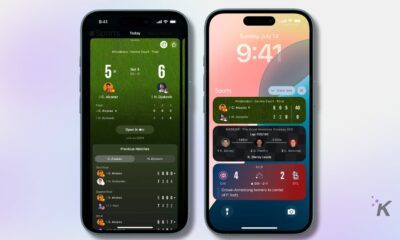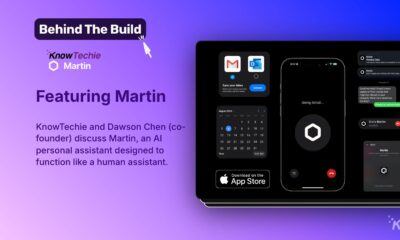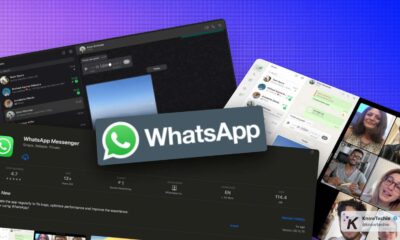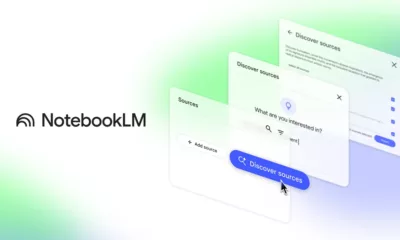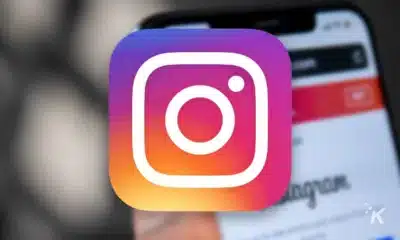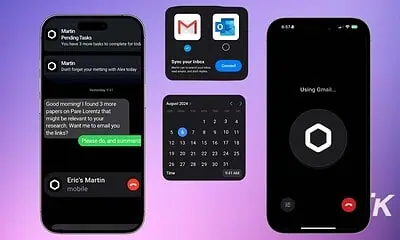Apps
Google and Apple’s exposure notification apps are failing to live up to their potential
COVID rages on, but exposure notification apps already seem like a thing of the past.
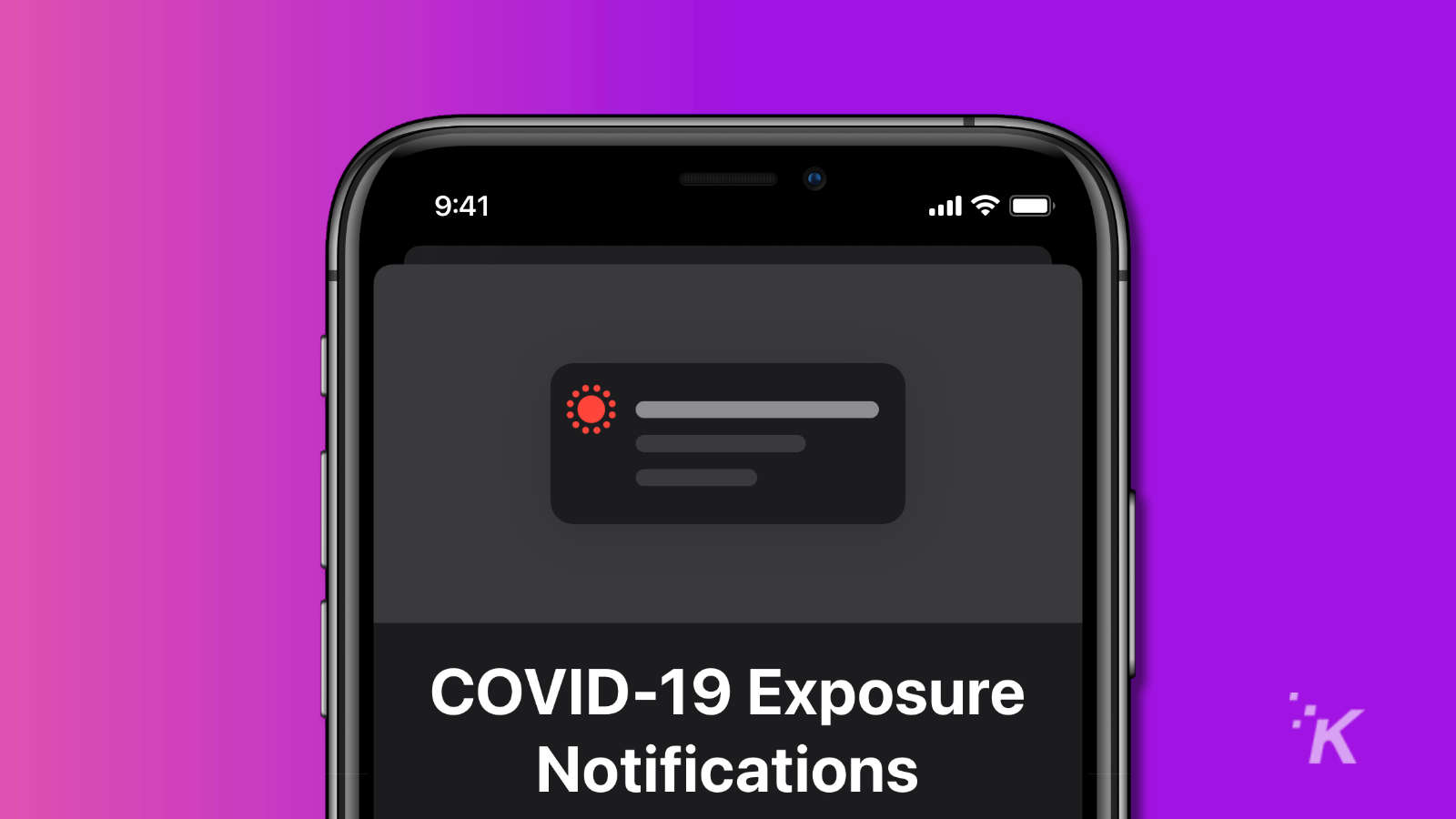
Just a heads up, if you buy something through our links, we may get a small share of the sale. It’s one of the ways we keep the lights on here. Click here for more.
As the COVID pandemic continues to rage on and variants, like Omnicron, continue to wreak havoc, what happened to the exposure notification apps that Google and Apple developed near the beginning of the pandemic? The apps never seemed to gain much traction, but why not?
A recent report from The Washington Post takes a deep dive into the exposure notification (EN) technologies that were developed and why they have not been more widely adopted.
READ MORE: Does Google pay Apple to stay out of the search engine game?
The publication spoke with Myoung Cha, who was in charge of developing the EN apps at Apple before leaving to join San Francisco-based healthcare startup Carbon Health.
Cha says developing the apps was a “land speed record for software development,” as engineers from both Google and Apple worked together to develop the technology.
But exposure notification apps still haven’t been widely adopted as an effective means to combat the virus. Many states in the United States don’t use the technology at all and states that have adopted EN apps have a pretty minimal adoption rate among citizens.
For example, only around 3% of California’s 3.9 million cases reported since the apps launched were added to the EN system.
So, why are these apps not being utilized?

But why are these apps not being utilized? Cha says that federal government strategy has played a major part. “The Biden administration, when they came into power, put almost all their chips into vaccines as their silver bullet to beat the virus,” he said.
With all of the focus on vaccinations, there was little effort from the federal government on testing or contact tracing. As a result of this, EN apps were responsible for their own advertising, and with limited financial resources, it was near impossible to raise awareness.
But there’s also the question of how effective these apps actually are.
Karen Howard, director of science and technology assessment at the Government Accountability Office, told The Washington Post: “We don’t have the data to say whether or not they’re effective or could be effective.”
Howard worked on a September study that looked at the benefits and challenges of these EN apps. The study found limitations to using smartphones to trace exposure. In addition, many people were skeptical about the privacy and security of these apps.
At the end of the day, it looks like these exposure notification apps are simply dead in the water. The effectiveness of the apps is questionable, and the main focus in this country seems to be on vaccination rather than contact tracing.
Have any thoughts on this? Let us know down below in the comments or carry the discussion over to our Twitter or Facebook.
Editors’ Recommendations:
- This at-home COVID-19 test uses your smartphone to get results
- Apple Wallet now supports COVID-19 vaccine cards with iOS 15.1 — here’s how to add yours
- This little white box lets you know if it detects COVID-19 in the air
- YouTube is banning all vaccine misinformation. Not just COVID-19, all of it
















